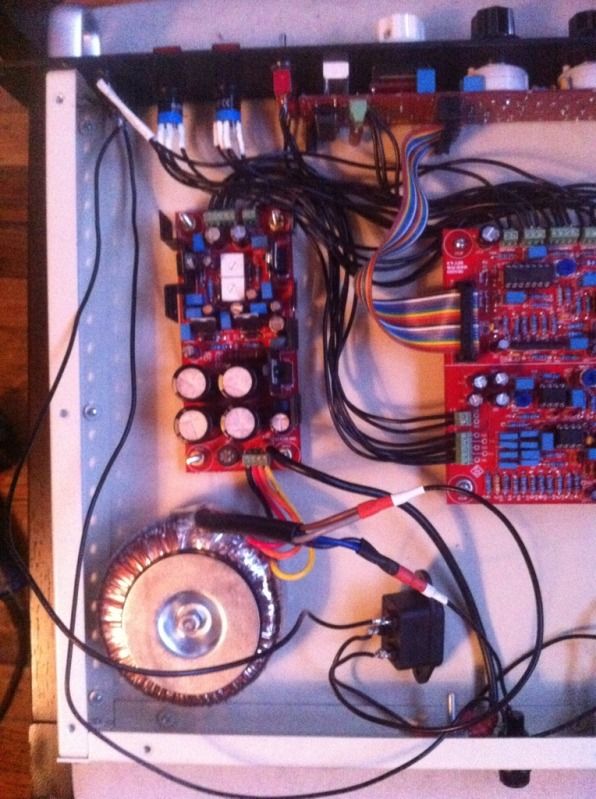kepeb
Well-known member
Buildafriend.
SERIOUSLY, you must be very careful when playing with this stuff. and i apologise but some of those questions make me think you should not be playing with mains until you do some more reading.
ALWAYS ALWAYS put a fuse between the LIVE and the transformer! always!
this is the only thing protecting you from direct mains voltage in the event of a mistake in your wiring.
the dots signifiy the start of the turns/winding and should be used to determine how you connect them for your outlet.
eg. for USA dual 110v-130v winding should be wired in parallel, whilst paying attention to connect the two dotted ends and keep correct phase in both windings.
i suggest you post clear pictures BEFORE plugging in. the last thing we need is a crispy DIY enthusiast.
SERIOUSLY, you must be very careful when playing with this stuff. and i apologise but some of those questions make me think you should not be playing with mains until you do some more reading.
ALWAYS ALWAYS put a fuse between the LIVE and the transformer! always!
this is the only thing protecting you from direct mains voltage in the event of a mistake in your wiring.
the dots signifiy the start of the turns/winding and should be used to determine how you connect them for your outlet.
eg. for USA dual 110v-130v winding should be wired in parallel, whilst paying attention to connect the two dotted ends and keep correct phase in both windings.
i suggest you post clear pictures BEFORE plugging in. the last thing we need is a crispy DIY enthusiast.







![Soldering Iron Kit, 120W LED Digital Advanced Solder Iron Soldering Gun kit, 110V Welding Tools, Smart Temperature Control [356℉-932℉], Extra 5pcs Tips, Auto Sleep, Temp Calibration, Orange](https://m.media-amazon.com/images/I/51sFKu9SdeL._SL500_.jpg)



























